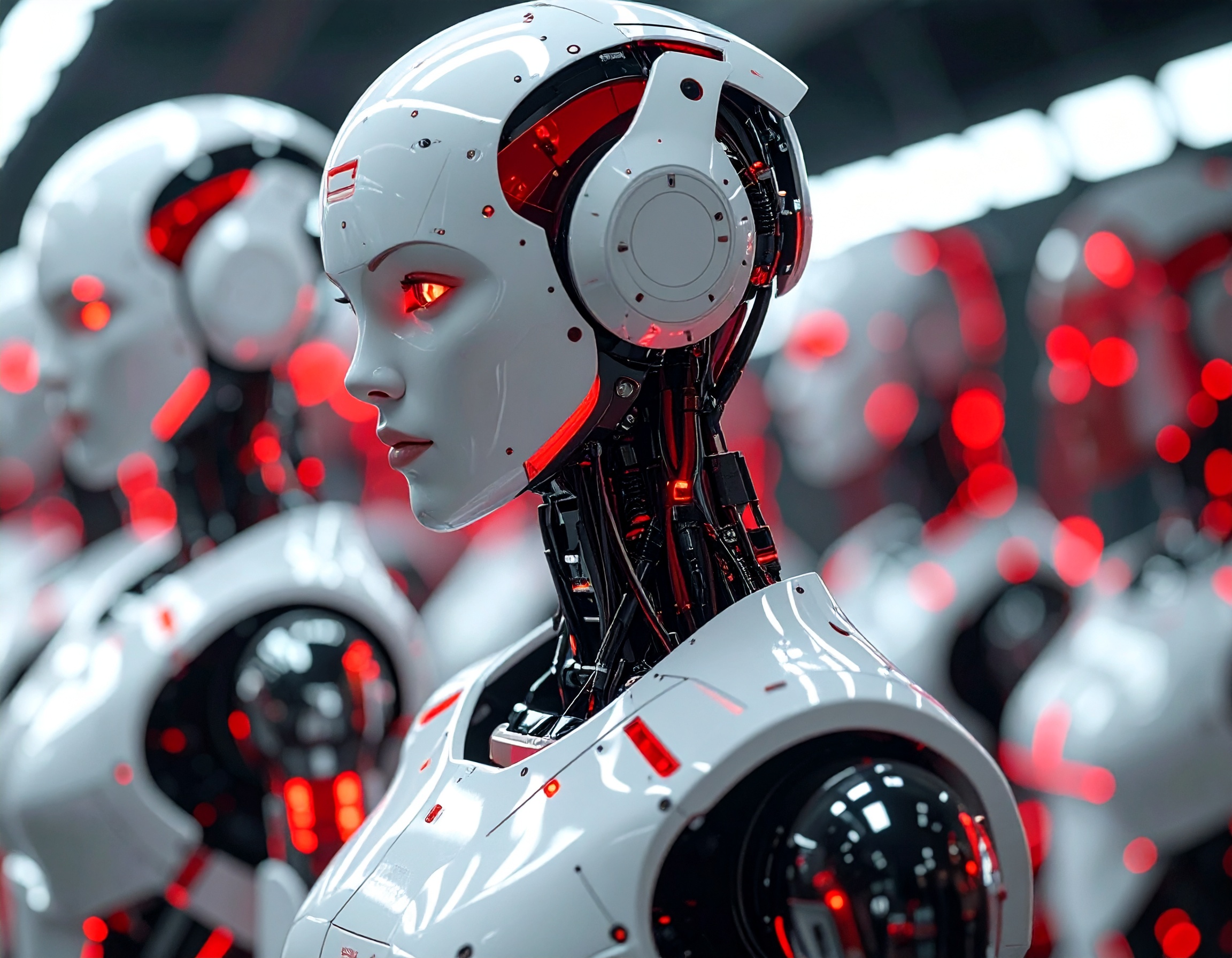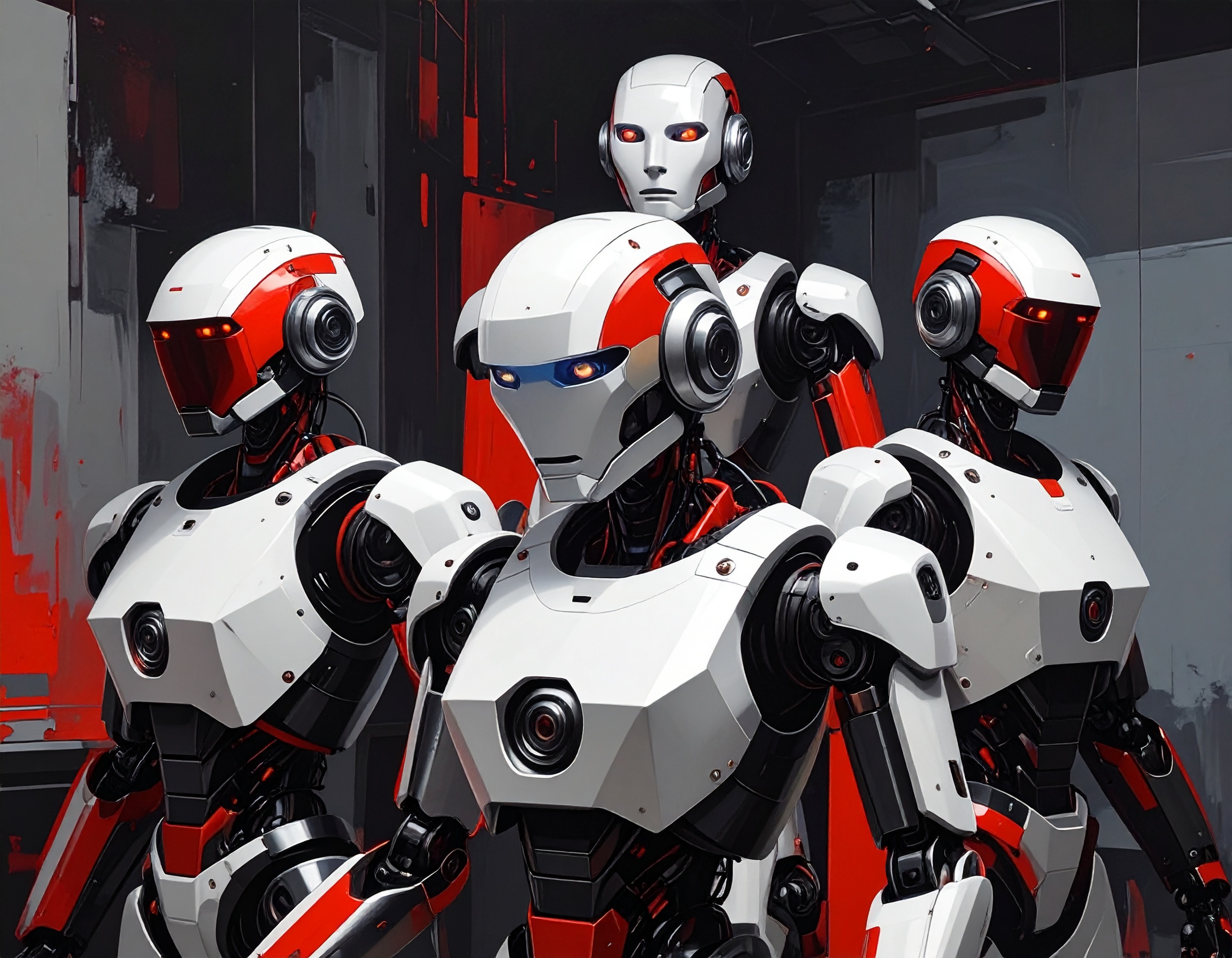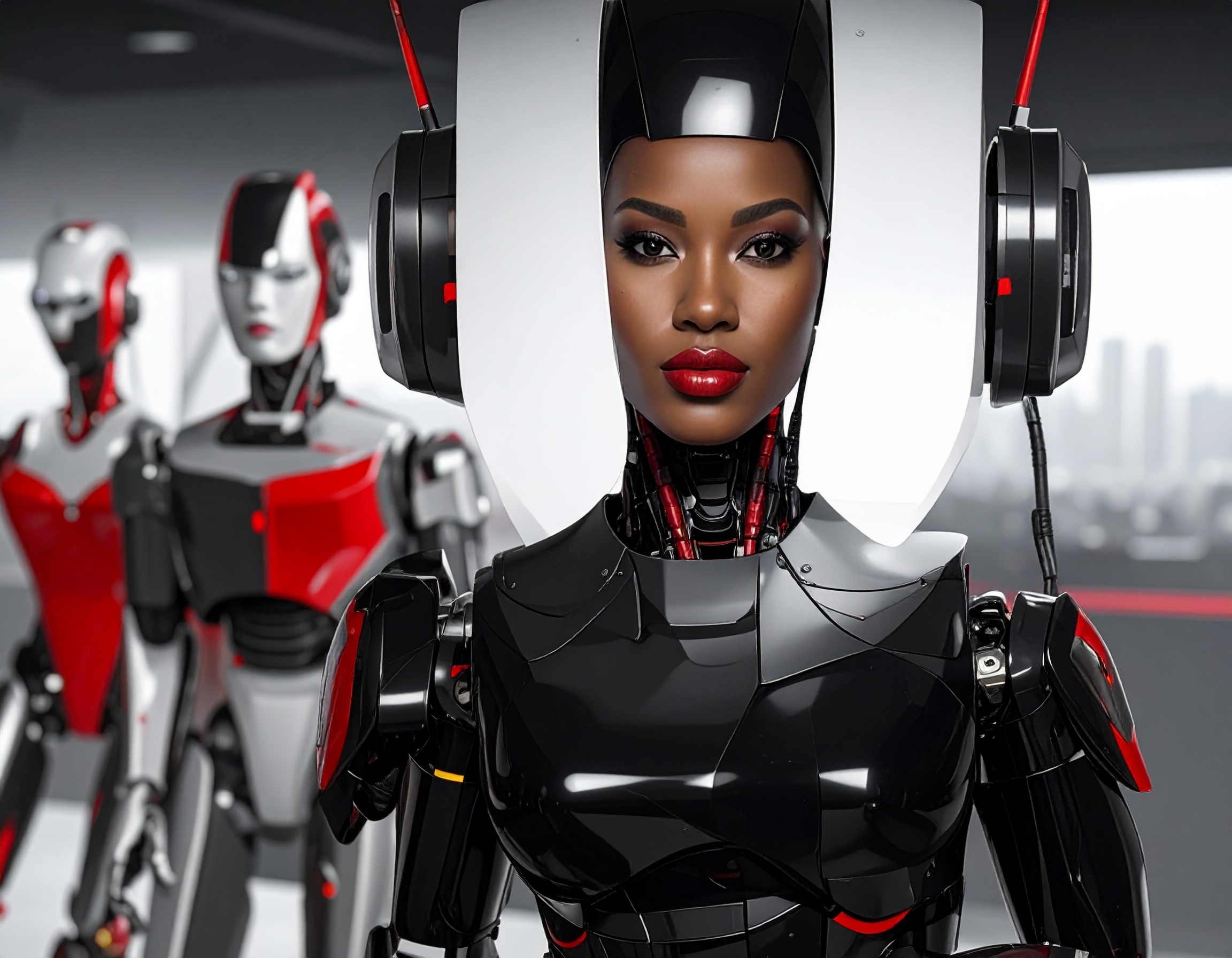Humanoid Robots: The Future of Work in China

In recent years, China has taken significant strides in the development of humanoid robots, with a focus on integrating these digital employees into the workforce. In April 2025, the world witnessed a groundbreaking showcase during China's Spring Festival Gala, where humanoid robots performed synchronized dances, symbolizing the country's advancements in robotics. This moment not only highlighted the impressive technical capabilities of these robots but also underscored China’s ambition to lead the global robotics race.
A Leap Toward Mass Production
One of the most remarkable developments in the field has been the deployment of humanoid robots in industrial settings. Chinese robotics company UBTech has played a key role in this transformation, providing its "Walker S1" robots to BYD Auto, one of the largest electric car manufacturers in the world. These robots are now performing critical tasks such as vehicle inspections and managing equipment, effectively alleviating labor shortages and increasing production efficiency.
This move aligns with China’s broader goal of mass-producing humanoid robots by 2025. By doing so, the country is positioning itself at the forefront of robotics, aiming to integrate intelligent agents into numerous industries, from manufacturing to service sectors.

Revolutionizing the Global Workforce
Humanoid robots are expected to revolutionize the way businesses operate globally. The global market for humanoid robots is forecasted to reach a staggering $38 billion by 2035. With advances in artificial intelligence and machine learning, these robots are becoming increasingly capable of performing complex tasks that were once solely the domain of humans. By working alongside human employees, they are not only improving operational efficiency but also addressing significant labor shortages in many industries.
China’s investment in humanoid robots is a significant step toward building a future where non-human workers play an integral role in everyday business operations. These robots offer the potential to augment human capabilities, enhance productivity, and address the challenges posed by an aging population and shrinking workforce.

The Road Ahead for Humanoid Robots
While humanoid robots are still a work in progress, their integration into the workforce is inevitable. As technology continues to improve, these intelligent agents will likely become more autonomous and efficient, further transforming industries. China’s aggressive pursuit of humanoid robotics technology positions it as a leader in the global robotics revolution, potentially changing the way work is done worldwide.
As these robots take on more responsibilities, the line between human and non-human workers will continue to blur, leading to a future where both collaborate to meet the demands of an ever-changing global economy.

Key Highlights:
- China's Robotics Showcase (April 2025): Humanoid robots performed a synchronized dance during China's Spring Festival Gala, marking a significant technological achievement and highlighting China's ambitions in robotics.
- Humanoid Robots in Industry: UBTech’s "Walker S1" robots are deployed in BYD Auto’s manufacturing plants, handling tasks like vehicle inspections and equipment management. This boosts production efficiency and addresses labor shortages.
- Global Market Growth: The humanoid robot market is expected to reach $38 billion by 2035, driven by technological advancements and the rising demand for intelligent agents capable of performing complex tasks across industries.
- China's Leadership in Robotics: With its goal of mass-producing humanoid robots by 2025, China aims to be a global leader in robotics, integrating non-human workers into various sectors to improve productivity and address labor challenges.
- Future of Work: Humanoid robots are expected to revolutionize industries, augmenting human capabilities and potentially transforming the global workforce by enhancing efficiency and tackling labor shortages.
Reference:
https://www.nytimes.com/2025/04/04/technology/humanoid-robots-1x.html


